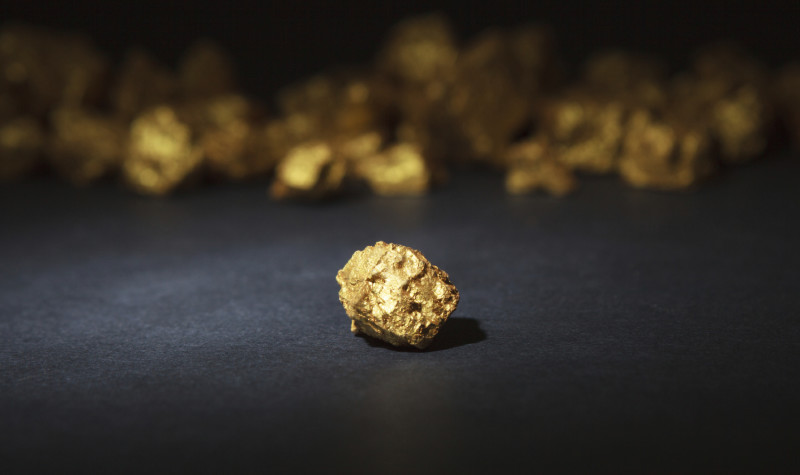The Contrarian Bet Pays Off: Gold Funds Recover Strongly

On November 26th I wrote about the opportunity to buy gold mining funds at rock bottom prices. The main premise was that the price of gold had fallen close to a six-year low and this was threatening the viability of some of the mining operations. It would only take a small increase in the value of the precious metal to bring about a dramatic improvement in the profitability of these companies, and this is exactly what has happened.
Gold had fallen to less than $1,100 per ounce and it went on to drop below $1,060 before recovering sharply to around $1,240. This sort of increase can make a huge difference to a gold mining company, especially as their marginal cost of production is often around the $1,100 mark.
One of the main reasons for the recovery in the price of gold is the fall in the value of the dollar as the number of US interest rate rises being priced in for 2016 has been scaled back from four to two. A decline in the dollar will typically mean that all dollar denominated commodities will move higher to compensate. Lower interest rates also make non-income generating assets like gold relatively more attractive.
The first quarter of 2016 was a volatile time for the world’s stock markets with many share prices experiencing sharp falls at the start of the year. In this sort of uncertain environment investors tend to use gold as a safe haven and the resultant increase in demand would have helped bolster the price.
According to Credit Suisse, the demand for gold ETF holdings increased from 47 million ounces in the last quarter of 2015 to 56.9 million ounces in the first quarter of 2016. These additional purchases were equivalent to an extra 300 tonnes!
Another factor is the falling global supply. In 2015 world supply fell by 4% and was the lowest it had been since 2009. This was mainly due to reduced mining activity (some of which had become uneconomic) and a decline in the amount of gold being recycled.
All of this has been enormously beneficial for the specialist gold mining funds. CF Ruffer Gold, an open-ended fund that aims to provide long-term capital growth by investing in gold and precious metal related companies, returned 39% in the first quarter of the year. The manager thinks that the shift in investor sentiment towards gold is structural (i.e. long-term) but has tilted his portfolio towards special situations that offer a better risk/reward balance than those that just benefit from higher gold prices.
Another beneficiary was Golden Prospect, a tiny (£16.7m) closed-ended fund that trades in London under the ticker GPM. It has a concentrated portfolio of 35 stocks in the precious metals sector and according to Winterflood Securities it was the top performing investment trust in the first quarter in NAV terms with an increase of 48%. Despite this the shares still trade at an estimated discount to NAV of 20%.
MFM Junior Gold has performed even better with a year-to-date return of over 90%. This tiny open-ended fund invests in small- and medium-sized gold mining companies and is much higher risk than the others, although there are times when this can really pay off.
The best of the gains are probably now behind us but there could still be a place for one of these funds in your portfolio as long as you are willing to accept the high volatility. A small position bought during one of the inevitable dips could make a decent diversifying holding for risk tolerant long-term investors.
Comments (0)